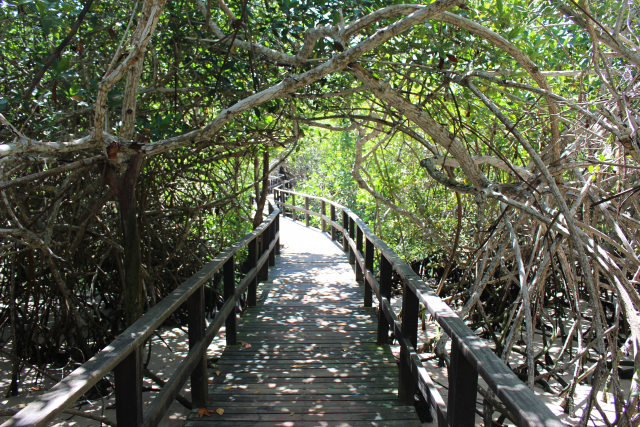Objective
To understand the co-dependent relationship of mangrove ecosystems, public mangrove discourses and the human use of mangrove areas.
Research question
How have mangroves been made sense of around the Gulf of Guayaquil from the 19th century until today, and how does this guide the use of mangrove areas today?
Conceptual framework
Mangroves are studied from the perspective of Social and Discursive Constructivism, arguing that mangroves are being made sense of by humans by relating to them socially and discursively.
Methodological framework
The Sociology of Knowledge Approach to Discourse (SKAD) by Reiner Keller (2001, 2005, 2011a, 2011b): Methods will be interdisciplinary, and span from ethnographic methods (participant observation, interviews) to participatory mapping, archival research and the ecological space-for-time approach.
The project is innovative, as it integrates vastly understudied historical narratives and developments that have shaped mangrove meanings. The outcomes will afford a critical re-thinking of mangrove history, meanings, functions and future.
Project Partner |
|---|
|
Charles Darwin Foundation (Ecuador) ESPOL Escuela Politécnica del Litoral, (Ecuador) Fundación Cerro Verde (Ecuador) JUMAPACOM Manglares Don Goyo (Ecuador) Schutzwaldverein e.V. (Radolfzell, Germany) |





